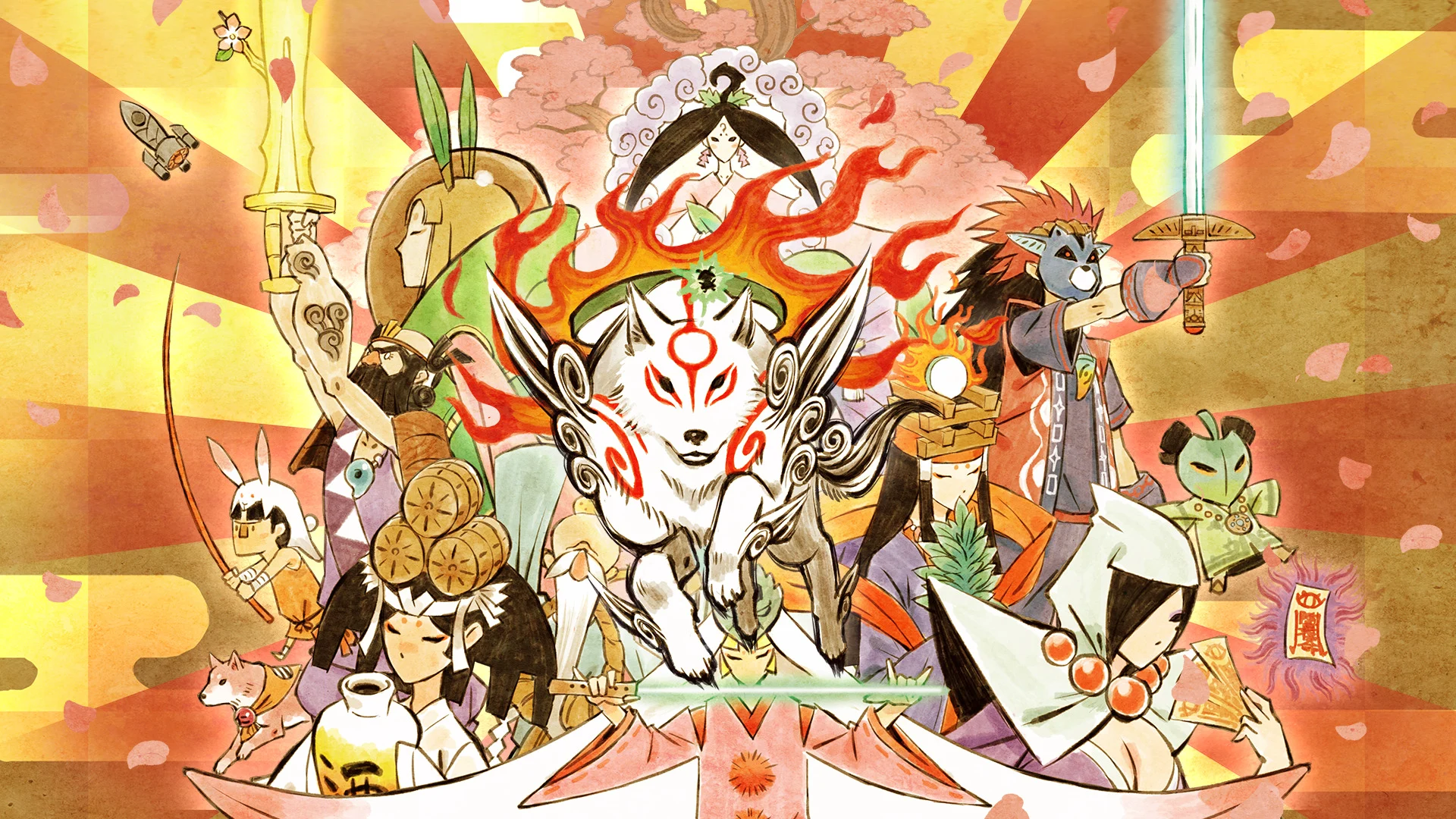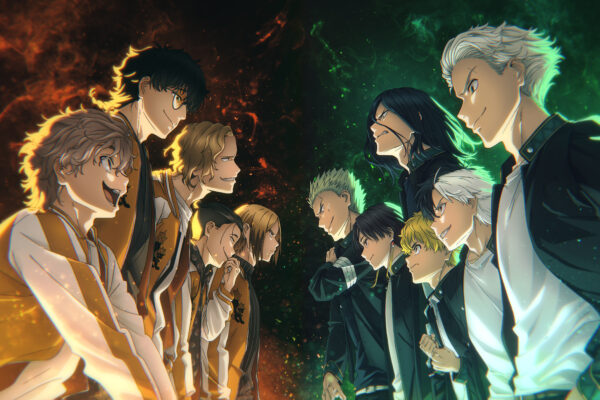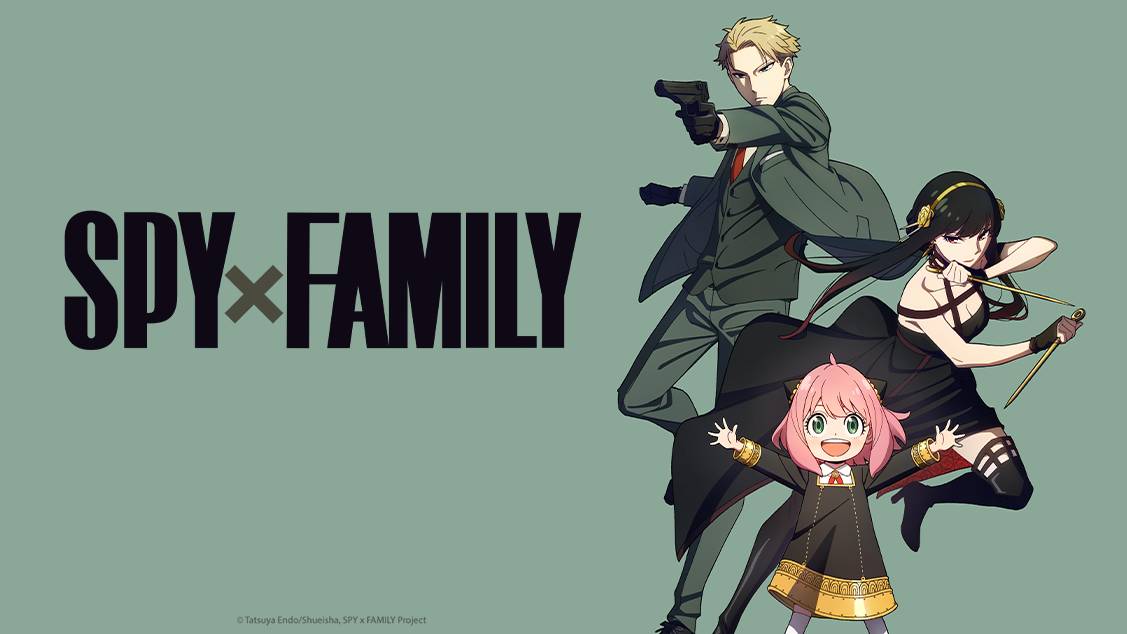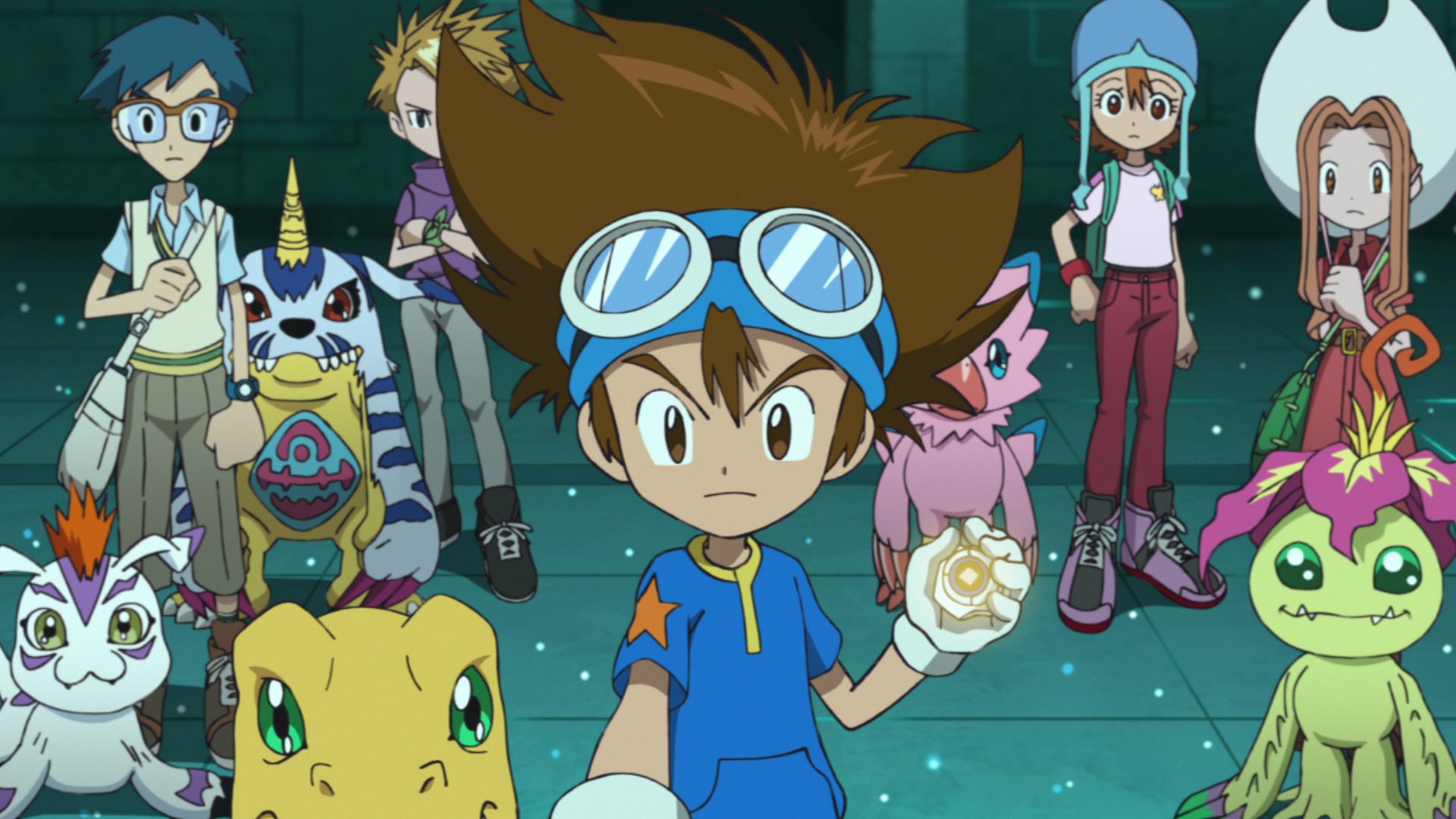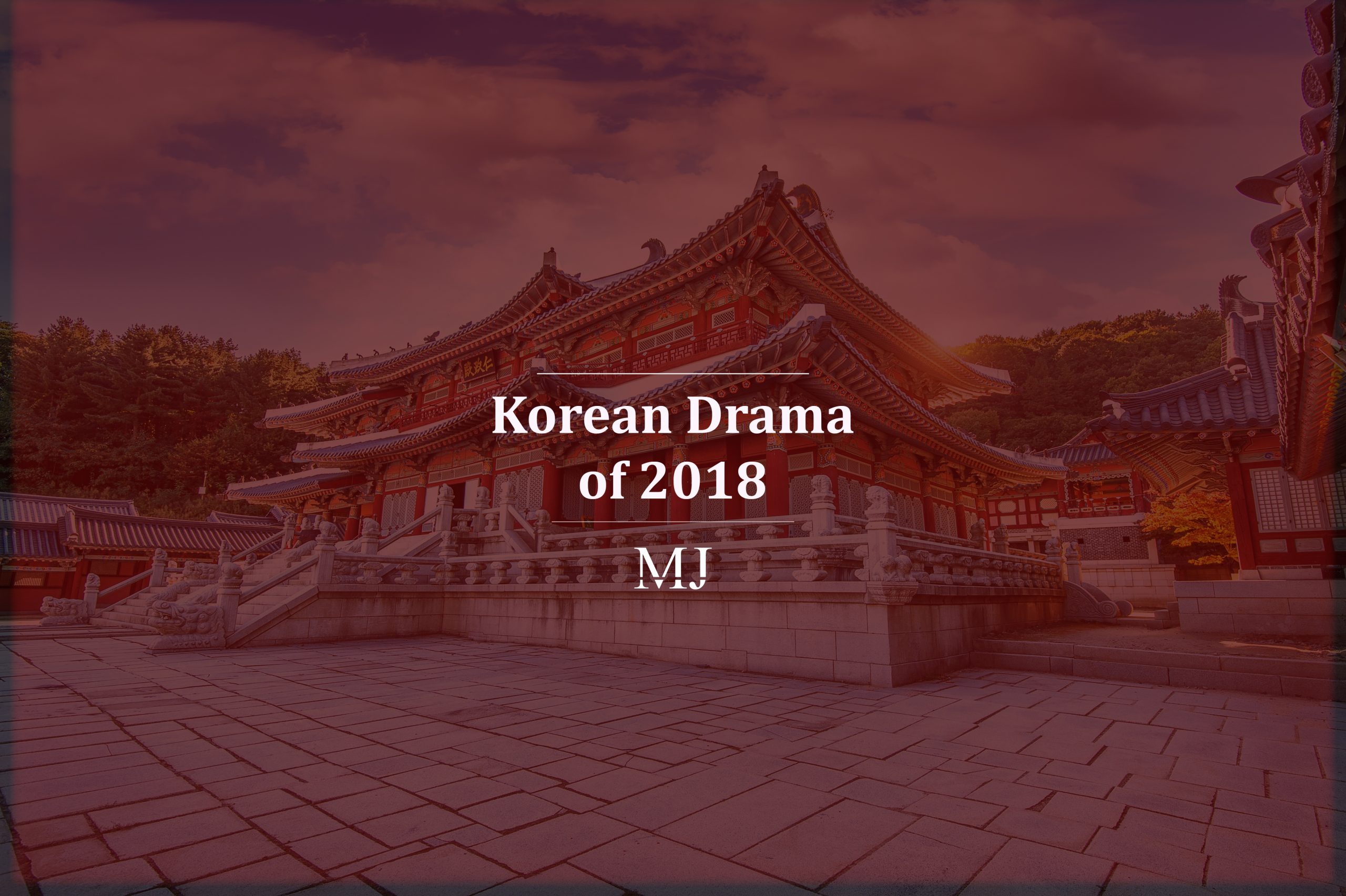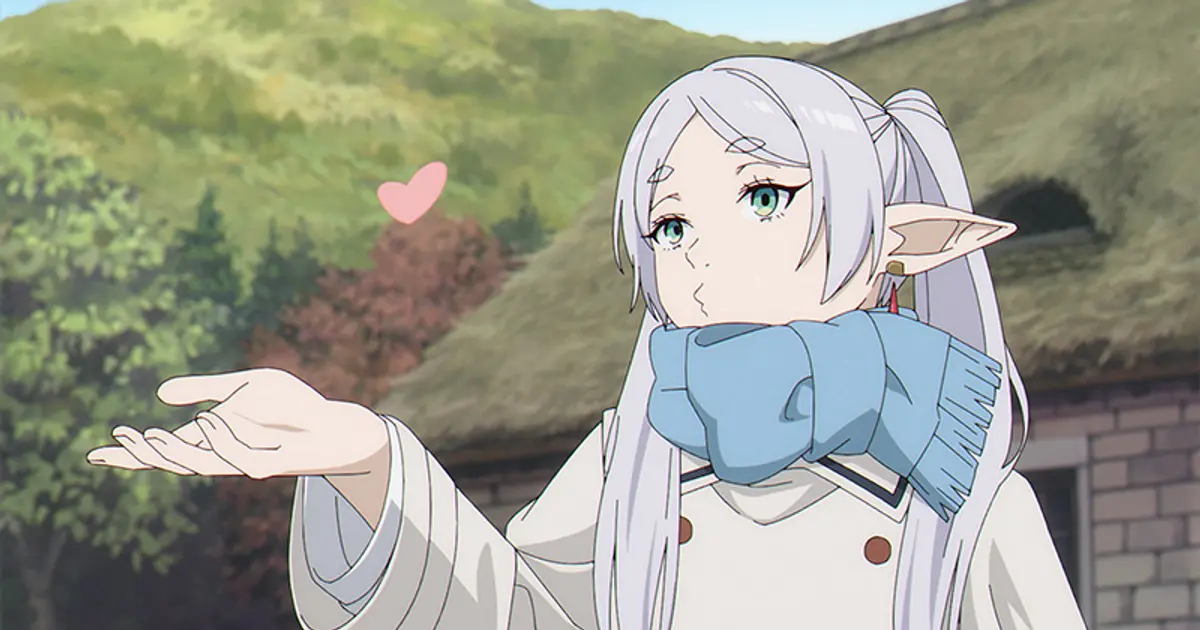The legend of Shiranui and Nagi fighting Orochi is repeated once more. A silhouette of a guy takes a sword from the pedestal where Orochi were sealed, unleashing a curse to the land of Nippon. The sacred trees withered by the darkness, and the eight-headed dragon, Yamata no Orochi, rose from the slumber. It’s up to the Celestial God Amaterasu and her ponc’tan friend, Issun to save Kamiki Village and the entire Nippon from the wrath of Orochi.
Okami is an action-adventure game, similar to Zelda in gameplay, and with a unique puzzle element. What makes this game special is the art style of this game and the shodou mechanic, the traditional Japanese ink writing, in the game mentioned as celestial brush, make the game more fun to be played.
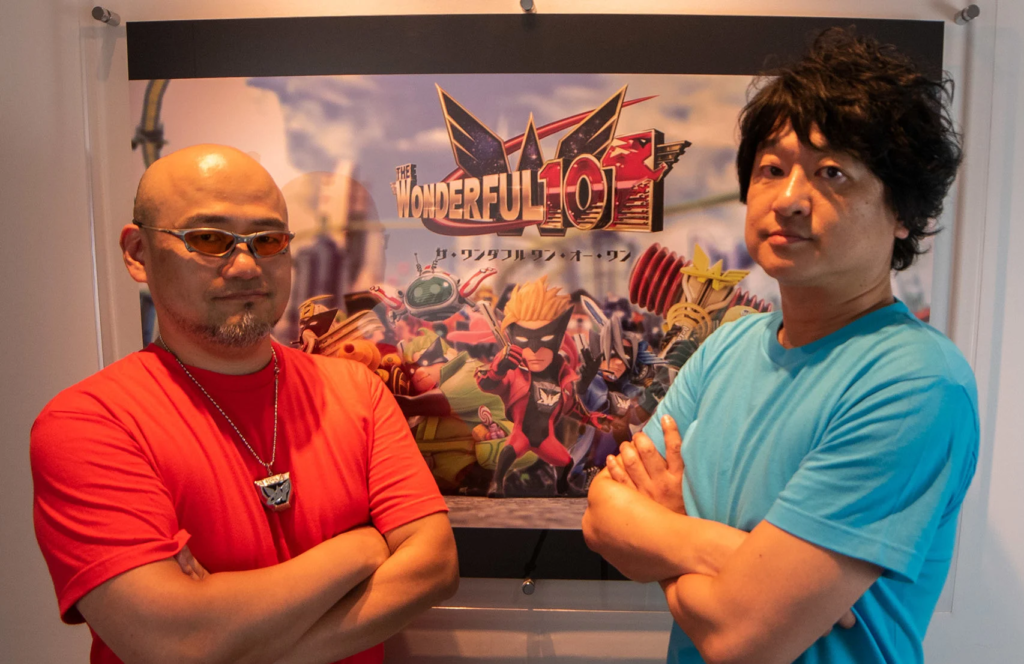
Started from wanting to make a game about nature, Hideki Kamiya and Atsuhi Inaba, the founder of Clover Studio, the studio that made Okami, were impressed by how the visuals of video games came in that era. Inspired by how realistic Resident Evil was at that time, they want to make a game that has a glistening and beautiful world.
At first, Hideki and Inaba thought the design would be like characters from Manga Nihon Mukashibanashi. But after the making of Mr. Orange, the chief of Kamiki Village that looks cartoony, having orange in his head and becoming bouncy when he is happy, the design gradually drifted more and more in that more playful direction.
Unique thing about this game is the art style that gives the player the feeling of playing a game on the canvas followed by thick black outlines that make it feel like the scenery is drawn by hand. The name of the art style is ukiyo-e style, a traditional watercolor and wood carving style that was popular in late 17th and early 18th centuries.
Combining cartoony looks of the characters and ukiyo-e style, make this game look gorgeous and makes everyone who plays this game admire the art of this game so much. Making it worth playing even though it’s an old game.

But, the artistic choice does not come that easily. Hideki and the team try to make Okami as realistic as Resident Evil and it doesn’t fit the expectation that they want, before one of the designers comes up with the Japanese watercolor style.
This game was originally released in April 2006 in Japan on PS2. A year later, it won two BAFTA Games Awards in the artistic and original score when it was released in North America. Since its release, Okami became one of the best games Clover Studio ever made before Capcom shut it down in 2006.
It’s true that this game is available on Playstation 2. Thankfully, if you want to experience this game, you can also play the HD version on PC and other modern consoles.
The drawback of the HD version is that the ending song Reset by Ayaka Hirahara is gone in the HD version. The good thing is, the HD version runs at 60 FPS and has clearer visuals than the predecessor version. It can be enjoyed regardless of all the missing parts.

“Seven years after its first appearance, and Okami feels just as fresh now as it did back in 2006,” said one of the reviews in Metacritic, showing the affection the fans have toward this game and how replayable this game is.
From my own opinion when playing the game, I’m so overwhelmed with joy and excitement when playing this game for the first time because of the art style that is so feasting for my eye. Because I like art, I really love the artistic choice that Clover chooses in this game.
The dungeons design and the story are also interesting. The celestial brush mechanic where you can draw a line and it affects the game makes the puzzles interesting and fun. The lore about how Shiranui and Nagi beat Yamata no Orochi and where history repeats itself is also cool.
And those who have played the HD version of the game and complete all the achievements might agree that the Kamui Blockhead is the hardest boss compared to Yami.
The movement of this game is really friendly for beginners. You will not fall from the edge except if you jump. It’s also fun when you are in a fighting ring called Cursed Zone. You can change fighting style between three kinds of Divine Instruments, and combine two of them to find your fighting style.

The main character of the story is a white wolf called Amaterasu. She is a celestial brush God who has been summoned to Nippon by Sakuya to save the world from the curse of Orochi. But, after Amaterasu goes around Nippon to save the world from curse, in the end it is shown that the true boss is a dark creature called Yami.
From the perspective of NPC (non-playable character), she is a normal looking white wolf. But, from our perspective she is a wolf with flaming red lines decorating her body. Those lines will be gone when we run out of Celestial Ink. When Amaterasu runs, the ground behind her will grow flowers, and the more she runs the merrier the flowers will grow behind her. Small touches that kinda make a good impression for me.
In the end, even though Okami is an old game, it still has a unique point and potential to be play, by gamers or people who just want to have a fun time. The friendly cartoony character design, and the unique art style really make this game stand out of its own. The way this game looks, and how fun it is to be played show how much effort Clover Studio gives to this game when it’s still in production.
Fidellis Cesare Castro
Email: fidelliscesare@gmail.com
Discord: fixy_onboard

